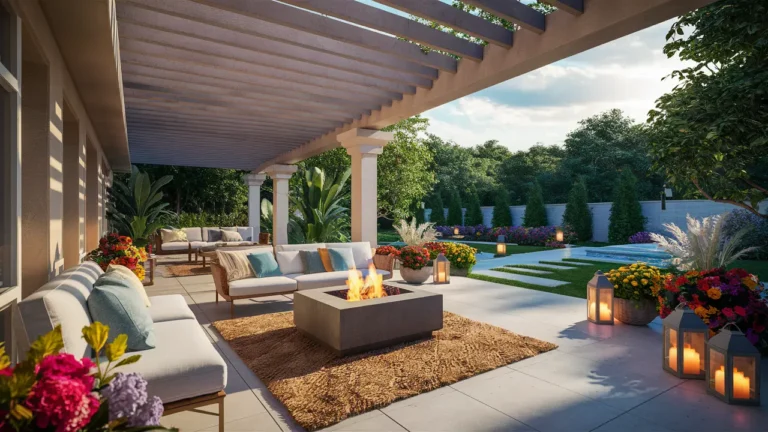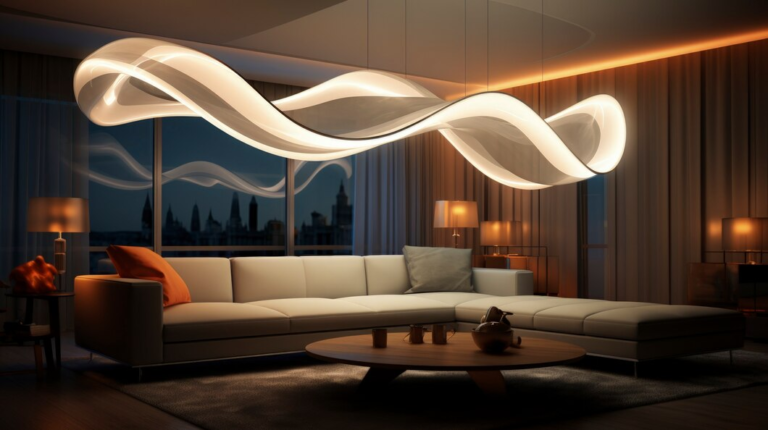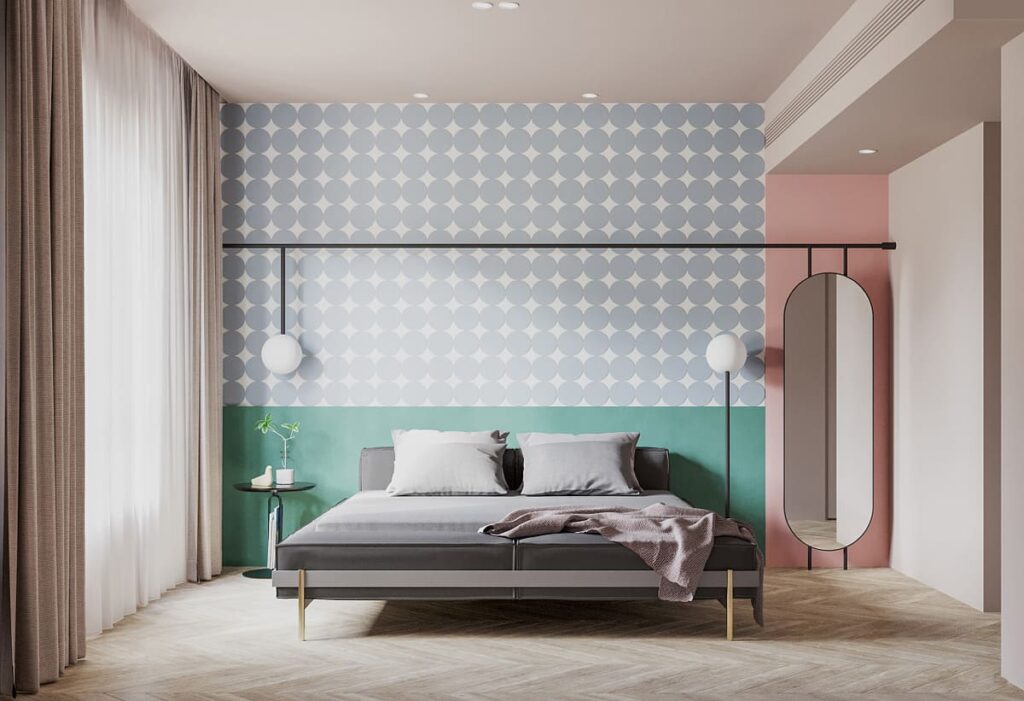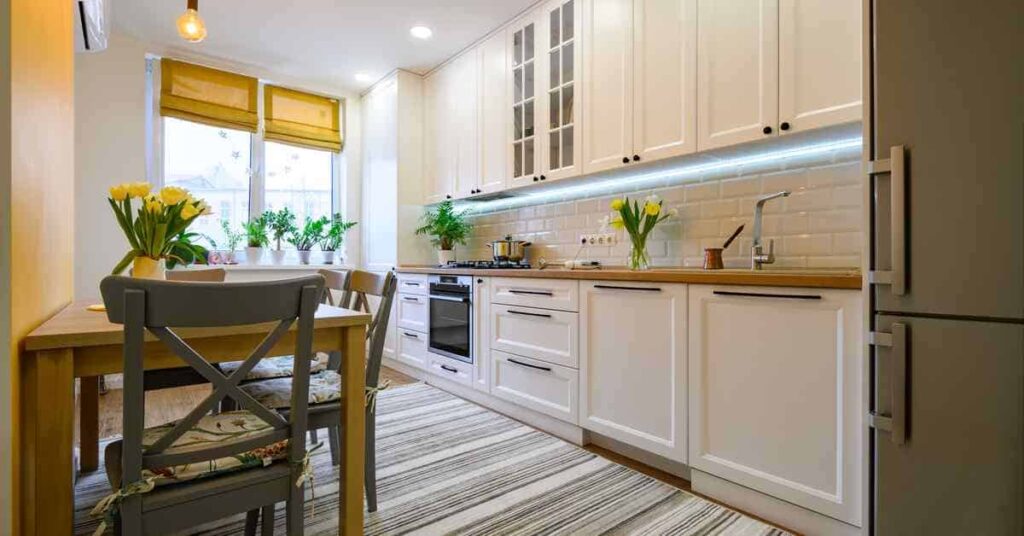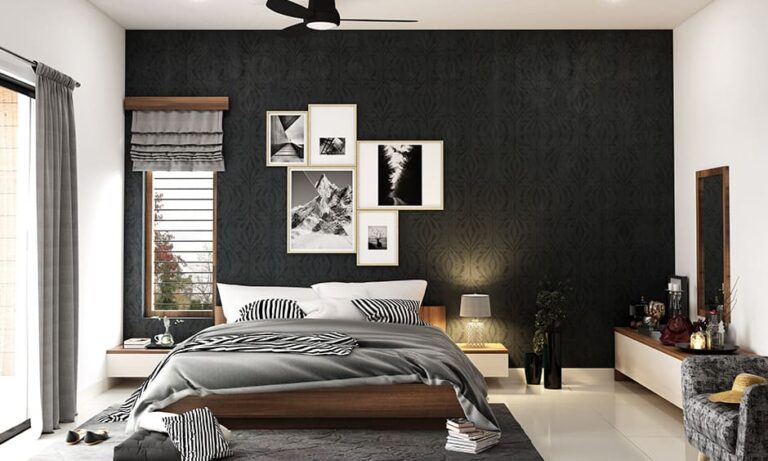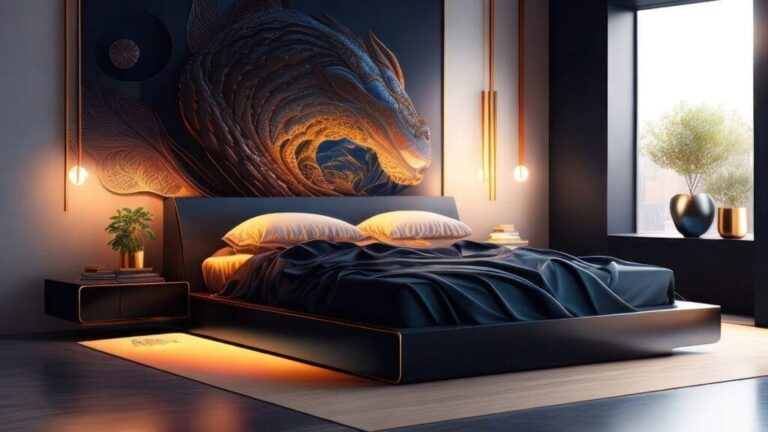Interior windows, often overlooked in traditional home design, are emerging as a stylish and functional element in modern interiors. These windows are not just for external walls but are also used within the home to enhance light, create a sense of openness, and improve visual connectivity between spaces. This guide explores the various styles, functions, and installation tips for interior windows, helping you to integrate this architectural feature into your home effectively.
Understanding the Functionality of Interior Windows
Interior windows serve multiple practical purposes beyond aesthetics:
- Light Sharing: They allow natural light to flow between rooms, brightening spaces that might otherwise lack sufficient daylight.
- Visual Expansion: By providing views into adjoining rooms, interior windows can make small spaces appear larger and more open.
- Noise Reduction: With the right materials, these windows can help dampen sound transfer between rooms, useful in homes with home offices or entertainment areas.
- Enhanced Airflow: Operable interior windows can improve air circulation throughout the home, contributing to better indoor air quality and comfort.
Popular Styles of Interior Windows
The style of interior windows you choose can dramatically affect the overall look and feel of your home. Here are some popular styles:
- French Windows: Characterized by their multiple panes and often opening capabilities, French windows add a classic and elegant touch.
- Transom Windows: Located above doors or other windows, transoms are typically fixed and serve the primary purpose of letting in more light.
- Glass Panels: Large, uninterrupted glass panels offer a modern, sleek look and can make a dramatic statement in contemporary homes.
- Clerestory Windows: Positioned high on walls, clerestory windows are excellent for privacy and lighting in bathrooms or rooms adjacent to public spaces.
Choosing the Right Glass
The type of glass you select for your interior windows affects both their functionality and efficiency:
- Clear Glass: Maximizes light transfer and visibility between rooms. It’s ideal for maintaining an open feel.
- Frosted or Textured Glass: Offers privacy while still allowing light to pass through, suitable for bathrooms or bedrooms.
- Acoustic Glass: Reduces noise transfer, which is beneficial for creating quiet zones in busy homes.
- Tempered Glass: Offers added safety by breaking into small, blunt pieces when shattered, ideal for lower windows or those in high-traffic areas.
Installation Considerations
Proper installation is crucial to ensure that your interior windows function as intended and look seamless:
- Structural Integrity: Consult a structural engineer or an experienced contractor when adding windows to load-bearing walls.
- Placement: Consider the sightlines and focal points of your rooms when deciding on window placement. You’ll want to enhance views and maximize light without compromising privacy.
- Frame Materials: The frame material can complement your home’s decor. Wood frames add warmth and traditional charm, while metal frames work well in more industrial or modern designs.
- Professional Installation: Especially for large or complex installations, hiring professionals is advisable to ensure that the windows are structurally sound and properly sealed.
Maintenance and Care
Maintaining interior windows is generally simpler than exterior ones due to less exposure to harsh weather:
- Regular Cleaning: Use a glass cleaner or a mixture of vinegar and water to keep the glass streak-free.
- Hardware Check: Periodically check and oil any operable parts or locks to keep them functioning smoothly.
- Frame Upkeep: Depending on the material, you may need to repaint wood frames or treat metal frames to prevent rust.
Conclusion
Interior windows are a valuable addition to any home, offering both functional benefits and aesthetic enhancement. Whether you’re renovating an existing space or designing a new home, consider how interior windows could improve light, airflow, and connectivity in your living environment. With a variety of styles to choose from and considerations for installation and maintenance, you can customize this feature to meet your home’s unique needs and your personal style preferences.



